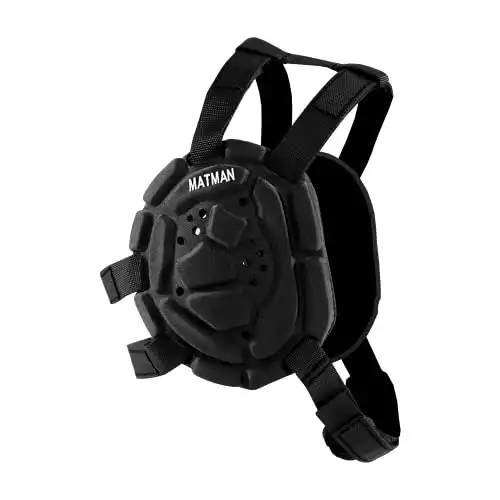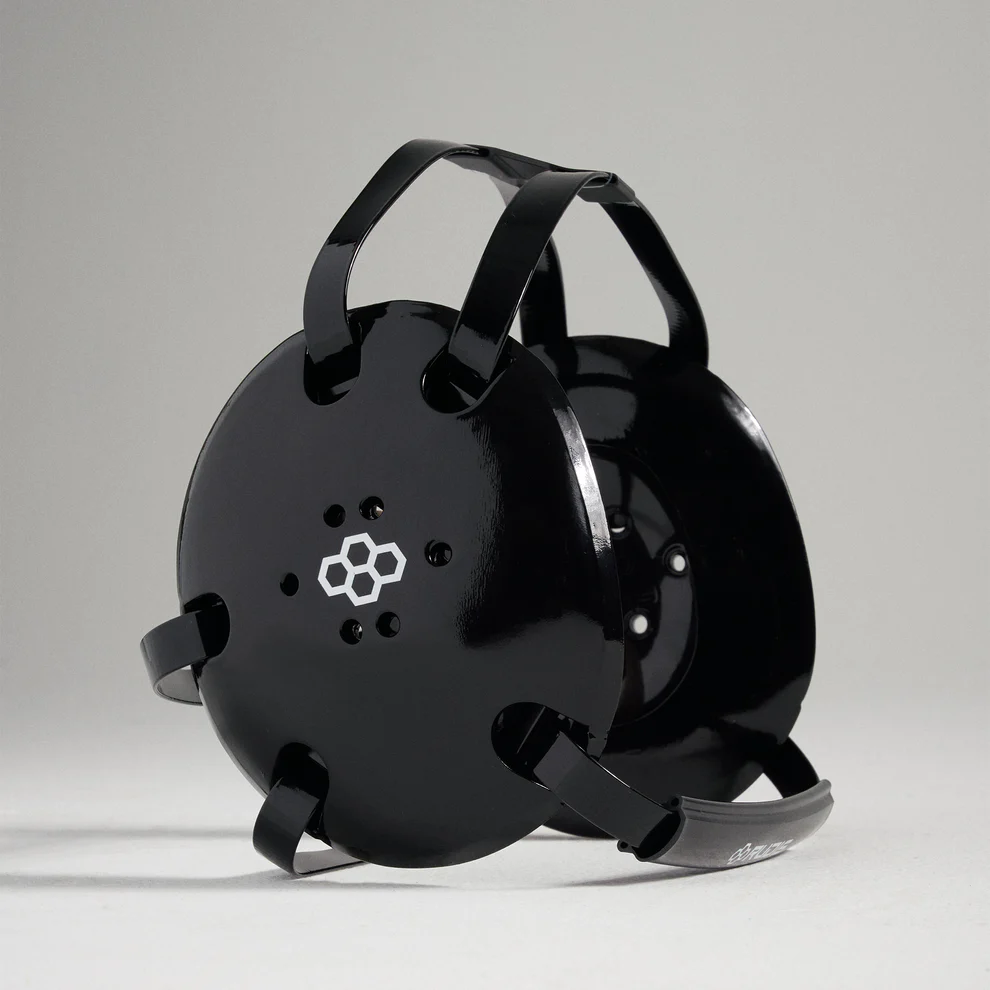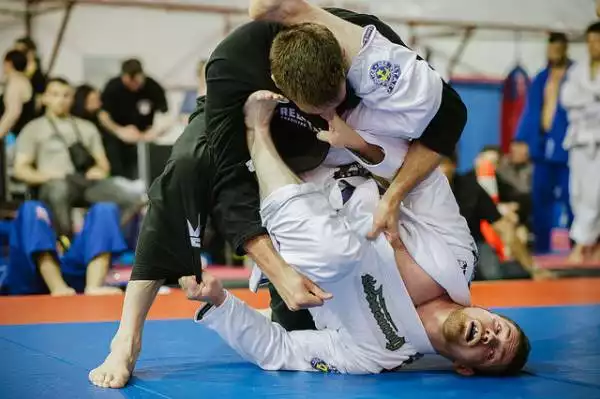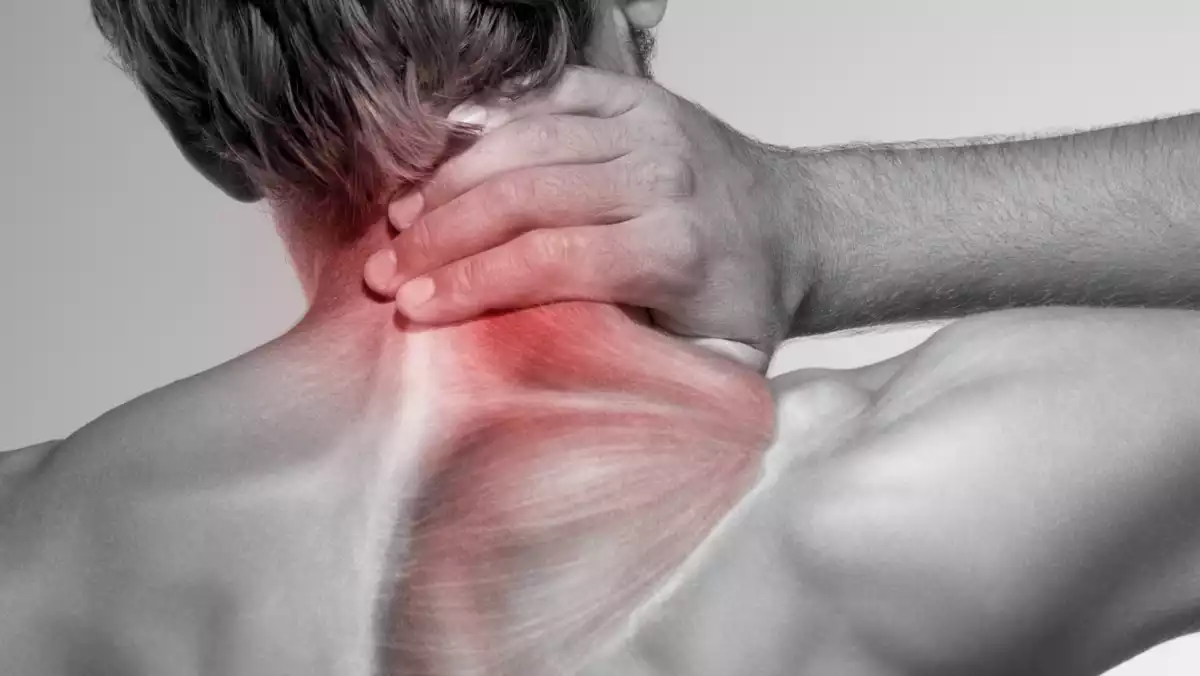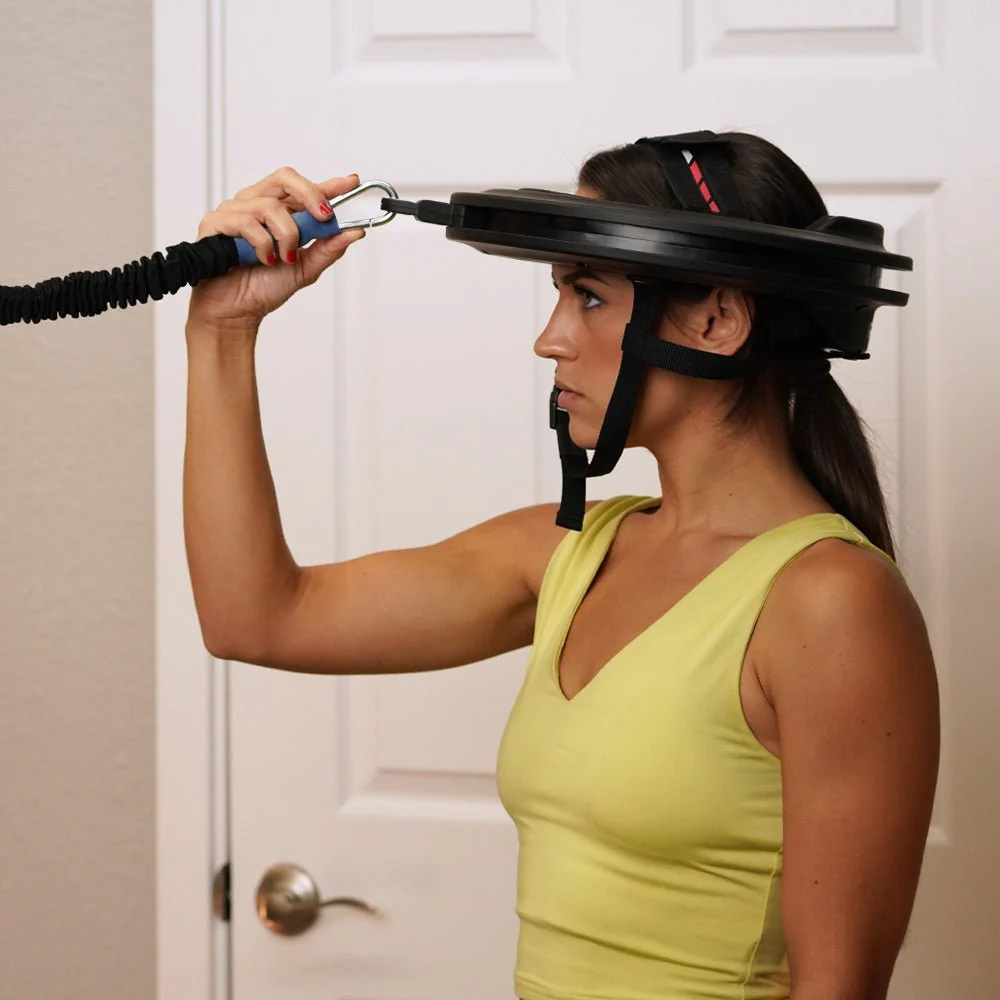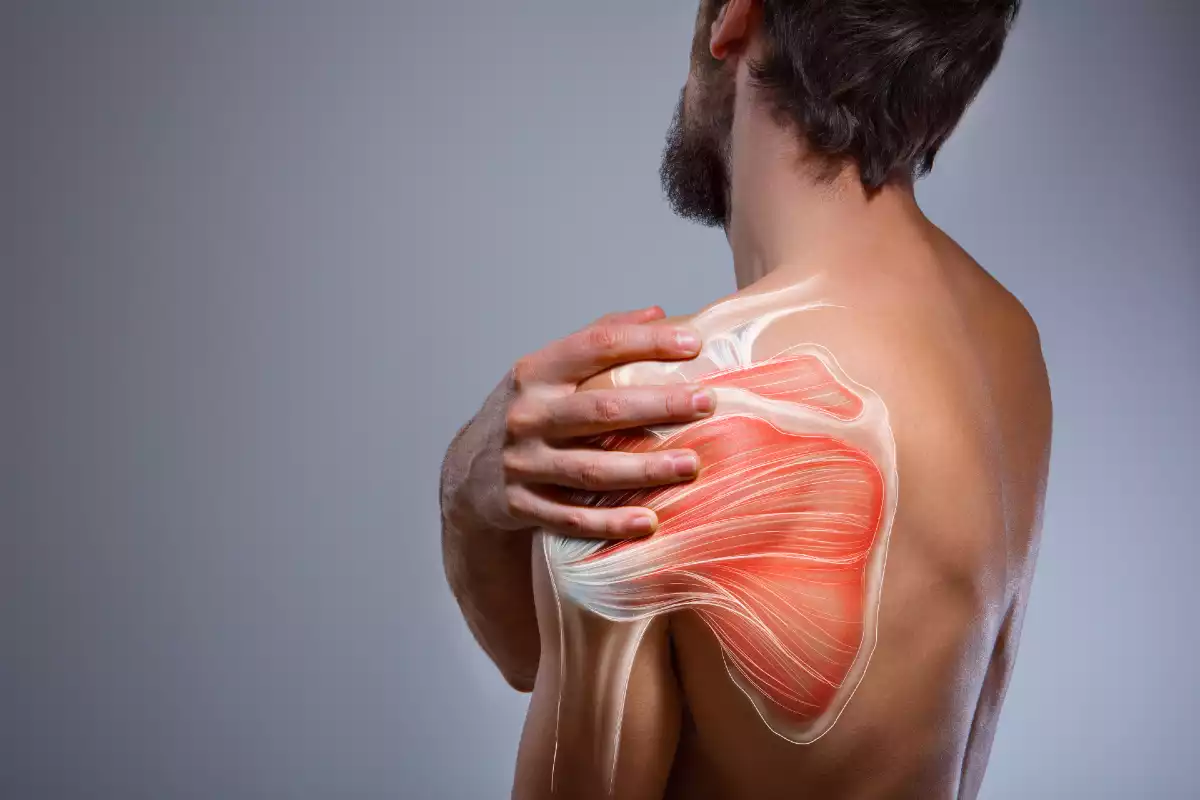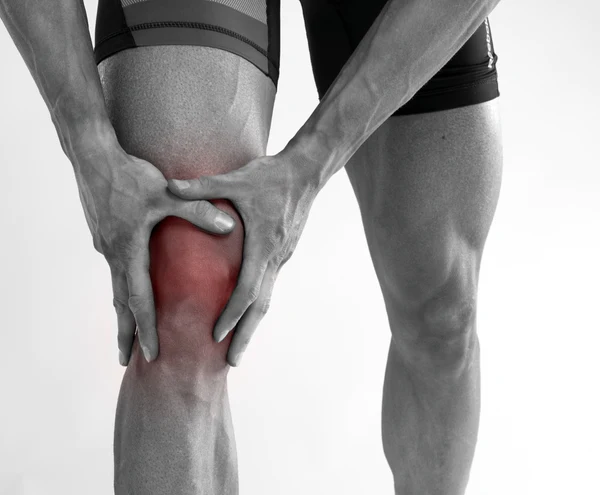Cameron Allen
Table of Contents
You probably have seen your favorite MMA fighter with a gnarly-looking ear right? Most people who participate in martial arts, whether boxing, MMA, judo, or BJJ, may get cauliflower ear. This is a common injury in BJJ. Let’s dive into what cauliflower ear is and how to prevent it!
BJJ Injury: What Is Cauliflower Ear?
Cauliflower ear is a deformity of the outer ear that may occur after injury to the ear.
Cauliflower ear may occur when blood that collects in the outer ear after an injury isn’t drained properly or becomes infected. Common causes include injuries from sports, such as wrestling, boxing, or mixed martial arts. Truthfully, it’s not as gross as it sounds (or looks). All that our ear is made of is cartilage so when that cartilage gets damaged, blood flows to it making it look a little more puffy or sensitive to touch.
Some people may get turned off when they initially see it but if you get it in the martial arts world, it is a badge of honor.
How Do We Get Cauliflower Ear?
You earn cauliflower ear by putting time on the mats (and by not wearing headgear). The ear deformity is one of the most common BJJ injuries that almost all grapplers at high levels experience. Your instructor probably has it and all the people in the MMA circuit have it.
Injuries are bound to happen when you are rolling around and getting violent with people on the mats. This is just one of those things. You can get cauliflower ear in BJJ by the Gi rubbing against your ear too hard or by someone accidentally hitting your head/ear area. You will know when you are starting to get it. Your ears will be sore for days on end and they may be pretty sensitive to touch. When people continue to touch or damage the ear while in this stage the deformity can worsen so be careful (as much as you can be).
Repeated hits to the ear in contact sports like wrestling, Brazilian jiu-jitsu, or boxing cause athletes to develop cauliflower ear. After getting a hematoma on the ear due to trauma to the ear the ear will have a permanent deformity. Some cases of cauliflower ear are worse than others but after the swelling and blood has gone away from the auricular hematoma the ear’s natural shape will be gone and you will be left with the deformity.
If you want to prevent this from happening the best way to do this is to wear protective head gear. It is not necessary to have but when the soreness does come around it may get pretty uncomfortable to train. We consider protective head gear as an essential item if you train in any kind of grappling sport.
Common ways to get auricular hematomas are in a wrestling match or a competitive martial arts tournament and possibly in training.
How Common is Cauliflower Ear in Jiu-Jitsu?
Almost all combat sport athletes will have some cauliflower ear. It is so common for grapplers and people who practice other martial arts to have the ear deformity. We believe that this injury is no big deal, it is part of what you signed up for.
The best way to protect yourself from getting it is to put on headgear when you train. That can be a bit annoying at times so truthfully you can just throw it on when your ears are feeling a bit tender. Wrestlers will have to wear headgear a bit more frequently due to the amount of friction that occurs in the sport.
Is it Possible to Train in BJJ and Not Get Cauliflower Ear?
Yes, it is.
We have very minimal cauliflower ear and train 4 -5 times a week. Sometimes training twice a day. Injury prevention for something like cauliflower ear is easy, just put on the headgear when you get sore ears and you will be okay.
We were personally not comfortable having a completely mangled ear but still wanted enough as a symbol of our hard work on the mats.

Matman headgear is designed with a focus on providing a secure fit, ensuring that it stays in place during matches and practices.
Ways To Prevent Cauliflower ear
You can prevent cauliflower ear by not training martial arts entirely or wearing headgear while training. Headgear (gold bjj headgear review) can be uncomfortable to wear at times but if you do not want your ear to look mangled or avoid this common BJJ injury, it will have to be the sacrifice you make.
Here is a quick list of some ways to prevent Cauliflower Ear:
- Don’t train (Why are you here)
- Wear headgear
- When you get sore ears ice them
- Take a break if your ears start to get sore
- Use EarSplintz
- (Bonus) If you get the deformity, drain it, and use magnets (Or EarSplintz)
Treating Cauliflower Ear
The treatment for cauliflower ear is pretty simple. When you start to notice your ear getting sore or tender to touch you have a couple of options. The options are to relax on the amount of time you train, get headgear and start to wear it, or do nothing. If you do nothing your ear will eventually swell if it keeps getting hit (the likelihood of this happening is high).
Some people may not want to walk around with a mangled ear some may see it as a trophy. The choice is yours on what you want to do.
We do not believe having cauliflower ear is a big deal. It does not affect anything on how the body functions. It may look funky but we would argue that having this ear deformity is a badge of honor. When you see someone out and they have cauliflower ear you know they are a warrior. If you see someone on the street and they have this do not pick a fight with them, you will most likely be fighting someone who is trained!
How to Properly Drain Cauliflower Ear
Properly draining the most common ear injury in grappling sports (known as cauliflower ear) is done typically in two ways. The first way is through a medical professional who is certified to drain the blood for the auricular hematoma. You would think this is the best route in most cases but we have heard that some medical professionals have never drained it before making the experience less desirable then it already is. Most people who get Cauliflower ear go for the second option and that is finding a wrestling coach or someone in their circle who has drained the ear injury before.
Typically through experience, coaches will take on treating wrestler’s ear. Blood stored in cauliflower ear needs to drained using a clean syringe and you must make sure the area is clean so no infection occurs.
Who Is Affected By Cauliflower Ear?
Typically combat sports athletes are the most affected by cauliflower ear. Again, we will state this in the article a million times, this injury is not life-threatening or really even that serious. It can only get pretty serious with repeated direct trauma to the ear cartilage, leading to severe swelling and medical attention. The only time you may see this happen is at the highest levels of MMA matches. This type of damage can lead to hearing loss and may need surgical correction.
Signs & Symptoms
The symptoms of cauliflower ear include the following:
-
- Swelling of the ear
-
- Blood accumulation on the ear cartlidge
-
- Redness of the ear
-
- Soreness and sensitivity of the ear
How Painful Is Cauliflower Ear?
Well, it is definitely not a pleasant feeling we can tell you that. We have a bit of cauliflower ear on our right ear and when we first got the hematoma it was uncomfortable to even lay on that ear on a soft pillow. We experienced all of the symptoms listed above but did not go the route of draining the blood from the ear because we did not have that much accumulation, to begin with.
The part that was probably the most painful was when we would think our ear’s cartilage was completely healed and would train without protective head gear and get a direct hit to the sensitive area. The re-accumulation of blood to our already existing cauliflower ear was probably the most pain we had experienced in the process of getting the ear deformity.
Lesson learned there though. Now when we feel it coming back on we have no shame keeping the protective headgear on and tight.
Our pick on the best wrestling headgear to wear this upcoming wrestling season
Risk Factors in Brazilian Jiu-Jitsu
Brazilian Jiu-Jitsu training does not come without its risk.
Just like any other contact sport, you are putting your body on the line. It is important to take your nutrition and recovery very seriously so you can keep yourself on the mats and away from injury.
Joint Injuries
In no-go BJJ contests, elbow and knee problems are more prevalent. Brazilian Jiu-Jitsu black belts have been known to have the most joint issues mainly because most black belts are up in age. It is important to know that anyone at any stage can experience some type of joint injury that takes them out for an extended period of time.
If you ever find yourself in a situation where you have sore joints or muscles we highly recommend that you start to take recovery very seriously. As you train Brazilian jiu-jitsu you will notice that your body may ache in ways that it never has before. Taking care of your body is something that we are very adamant about especially as a combat sport athlete.
It is necessary that you take the time to still do strength training and workout large muscle groups to lower the risk factors of severe injuries occurring. Spend some time in a cold plunge or sauna after tough training weeks, they have been proven to be great ways to help boost recovery time and help prevent those common injuries.
Everyone is gonna get hurt at some point. When you do, we have you covered. Get the A to Z guide on managing acute injury ranging from rehab exercises and timing to nutrition and supplements to peptides.
- Trusted by Thousands
- Crafted By Sports Med Professionals
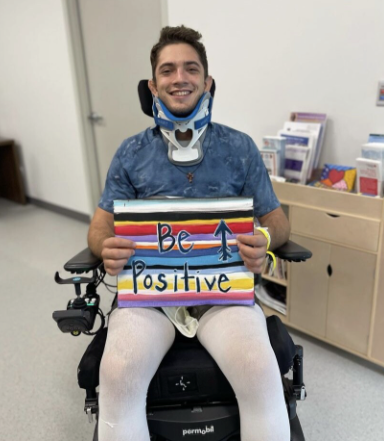
Neck Injury
This is a far more serious injury that could possibly occur while training Brazilian jiu-jitsu. Not to scare those that are on the fence of taking on the sport, but this is just a reality of what you may be signing up for. We have written previous articles on how important it is to choose good sparring partners when you are training and this type of injury can be prevented by these small decisions in the gym.
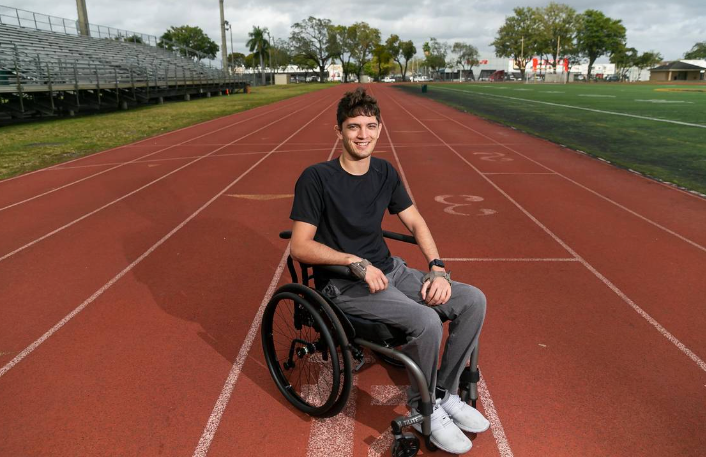
Now, you cannot always prevent everything and there is a really good, and pretty recent case of a neck injury having widespread reach to those in the community. Ben Kunzle was a very advantaged BJJ fighter and was in preparation for a world championship run when he had a neck injury that left him paralyzed (source). Ben slipped in a spot of sweat and what was supposed to be a clean throw turned into a horrible accident.
Injuries happen all the time in the sports world. Whether it’s novice athletes or advanced athletes, risk factors are always going to be there when you are putting your body on the line. Combat sports is not for the faint of heart but there are many ways to keep the injury rate low by taking injury prevention very seriously.
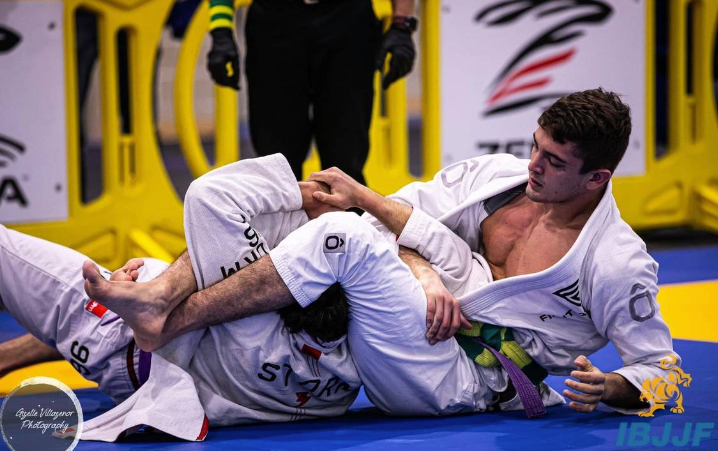
CBD, proper supplementation, proper nutrition, weight lifting, cold plunging, and spending time in the sauna are great ways to keep yourself fresh. Neck injuries are not common but some soreness can occur if you get caught in any kind of crank or guillotine.
Are you tired of living with persistent neck pain that hampers your daily activities and prevents you from enjoying life to the fullest? Don't let neck pain control your life any longer. The solution is within your reach with our comprehensive neck rehab program.
- Crafted by Sports Med Professionals
- Build Mobility, Strength, and Decrease Pain with guided Rehab
- Avoid Recurring, Expensive Visits to the Doctor
Feel better faster with the only neck therapy tool that targets and treats the root cause of neck pain, muscle imbalances & mobility deficits. Through Iron Neck’s unique 360 degree isometric training, you can improve blood flow to every muscle in your neck, especially the small, hard to reach muscles that often cause pain and instability issues.
Shoulder Injuries
Most injuries that occur in a BJJ gym are from those that stay too long in submissions and do not tap out right away or when someone jerks (or spazzes) into a position a bit too quickly. A common culprit of the injured tone is typically the arm of the shoulder.
Someone can jerk into a kimura, omaplata, or even an arm bar very quickly or aggressively and cause some serious injuries if you are not safe. Brazilian jiu-jitsu athletes need to pick who they train with wisely. There is an intimate level of trust you have with training partners that sometimes is hard to gauge when you train with someone new. Always be aware of who you decide to trust in the gym because not everyone is trustworthy with your body.
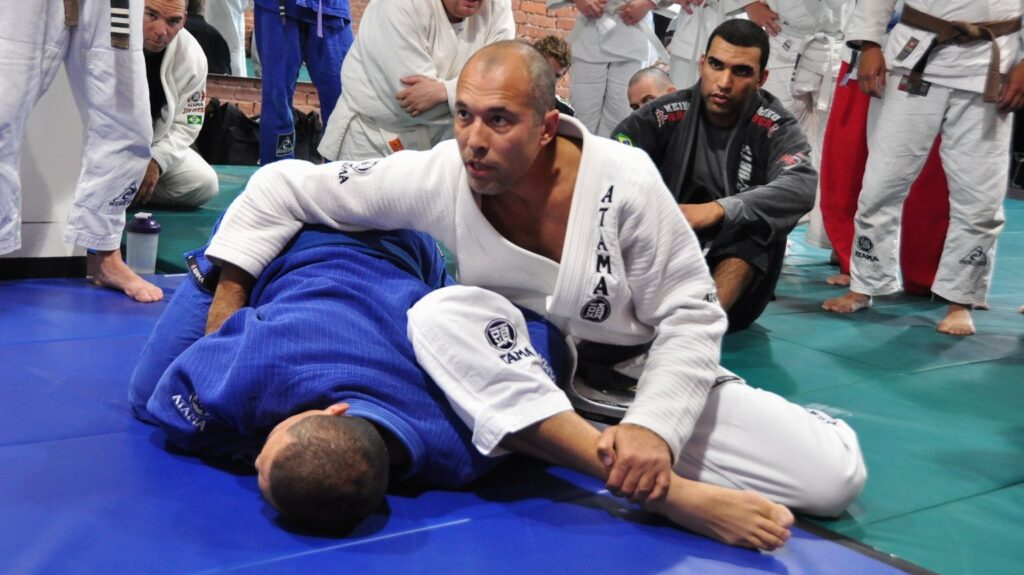
Shoulder pain can restrict your life, making simple tasks difficult and turning what you enjoy into a fear. What if you didn’t have to live this way?
- Enhance Shoulder Mobility and Strength
- Expedited Recovery Process
- No Need for Recurring, Expensive Doctor Visits
Ankle/Foot Injuries
These are probably the scariest injuries to watch. Whenever we see someone going for a heel hook or an ankle lock we cannot help but look away. We have seen too many videos surface on the internet of people letting their egos get in the way and staying too long in these submissions just to have their ankles or foot pop out of place. Makes us want to throw up just thinking about it…
Heel hooks are the new meta of the Brazilian jiu-jitsu competition world right now. It is known that heel hooks are a direct attack to the medial collateral ligament (MCL) and not submitting to this submission can lead to gnarly knee injuries. Severe injuries like an MCL or ACL should be taken up by a medical professional. The healing process for injuries like this is typically up to a couple of months.
Is BJJ hard on your knees?
A knee injury is a more frequent injury during a BJJ. It takes several months for a knee to stabilize after an injury. The largest knee injuries sustained during competition were MCL and LCL, and ACL. MCL is positioned in front (inside) of the knee while the LCL is on the outside of the knee.
Brazilian jiu-jitsu can be hard on the knees if you are prone to having sore ones. If you are in this boat, get a solid knee sleeve that is optimized for both comfort and protection. Our recommendation will always be anaconda (website) we love their sleeve and will continue to buy them until we get out black belt.
Don't let knee pain rob you of your joy of life. Regain your mobility, freedom, and confidence with our proven rehab program.
- Cost Effective & Convenient Rehab
- Accelerate Recovery Time
- Build back Strength and Mobility
Back Injuries
BJJ-related injuries come in all shapes and sizes. Probably the most irritating place to have any kind of soreness or discomfort has got to be back. There is really no kind of brace available that is built to help keep your back in shape so you will have to build a solid core to keep yourself from injuring this part of your body.
Can Brazilian jiu-jitsu cause brain damage?
The impact on the brain can cause brain damage but chokes can be a serious problem. Choke causes severe death when oxygen is stopped within 2 minutes.
How to treat a BJJ injury for the quickest recovery
The quickest way to recover is to train and prepare like anything could happen. It is unwise to stop weight training because it leaves room for injuries occurring. If you find yourself injured, whether it is muscle or joint, spend some time with some recovery tools like cold plunging, massage guns, or trying out CBD. If it is severe, you should probably go to a medical professional to get everything checked out and cleared.
How long after you get injured should you see a physiotherapist/physical therapist?
On the day of injury, our general recommendation is to adhere to this RICE protocol for at least 24 hours. Typically patients need physiotherapy and physical therapy within a day. The physiotherapists will start with gentle muscle mobilization with accelerated rehabilitation exercises.
Are injuries common in jiu-jitsu?
We believe that dings and bruises are very common but it is not common for someone in our gym to walk out with something that is going to leave them out for weeks at a time. If you have a healthy training environment injuries should not be happening very frequently.
We have been to gyms in the past that have large signs on the front that says “take care of your teammates” and the rule is taken very seriously. You do not want to be known as the guy that hurts people when they roll, there may be mat enforcers that smash you for showing any type of bullying behavior.
Is BJJ Worth the Injury Risk?
This depends on the individual in all honesty. We like to look at the positives before we look at the negatives to even begin with. Brazilian Jiu-Jitsu is a mental and physical martial art that allows those that take on the practice seriously to completely change their life in a positive way. It is a great way to meet new people, get into the best shape of your life, overcome your mental hurdles, and learn new ways to problem-solve in real-time.
Are there risk factors that you have to be aware of? Absolutely.
But you could even say the same exact thing about Football or other contact sports in general.
FINAL THOUGHTS
Cauliflower ear is a very common thing to experience when you train BJJ, MMA, Boxing or various forms of contact sports like these. Cauliflower ear treatment is super simple and does not have to be over complicated. Preventing cauliflower ear is as simple as wearing protective gear when you feel the soreness coming on.
Are you suffering from a sports-related injury? Find an online rehab program to help solve the problem! We have partnered with sports med professionals with love 20 years of experience to provide you with in-class service!
- Online Rehab Programs
- Cost Effective & Convenient
- Connect With Industry Experts


